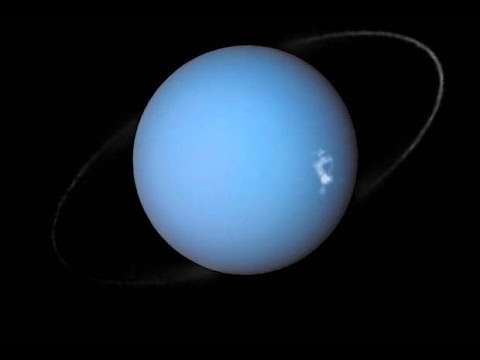From Planets to Galaxies: Hubble’s Impact on Our Understanding of the Cosmos
Since its launch in 1990, the Hubble Space Telescope has revolutionized our understanding of the cosmos. By peering into the depths of space with unprecedented clarity and precision, Hubble has provided astronomers with a wealth of data that has reshaped our knowledge of the universe.
One of the most significant contributions of Hubble has been its ability to study distant planets and their atmospheres. By capturing detailed images of planets within our own solar system, such as Mars and Jupiter, Hubble has allowed scientists to study their weather patterns, surface features, and even the composition of their atmospheres. In 1995, Hubble made history by capturing the first direct images of an extrasolar planet, providing valuable insights into the diversity of planetary systems beyond our own.
Hubble has also played a crucial role in the study of galaxies, providing astronomers with a treasure trove of data on the formation and evolution of these massive cosmic structures. By observing distant galaxies in various stages of development, Hubble has helped scientists understand how galaxies form, grow, and interact with one another. Hubble’s observations have revealed the presence of supermassive black holes at the centers of galaxies, as well as the intricate structures of spiral arms and star clusters within them.
Perhaps one of the most awe-inspiring discoveries made by Hubble is the realization that the universe is expanding at an accelerating rate. By measuring the distances to distant galaxies and studying the light from supernovae, Hubble has provided crucial evidence for the existence of dark energy, a mysterious force driving the expansion of the universe. This groundbreaking discovery has reshaped our understanding of the fundamental nature of the cosmos and has sparked new avenues of research in cosmology.
In addition to its scientific discoveries, Hubble has also captured some of the most stunning images of the universe ever seen. From colorful nebulae and star-forming regions to the majestic beauty of distant galaxies, Hubble’s images have captured the imagination of people around the world and have inspired a new generation of astronomers and space enthusiasts.
As we look to the future, the legacy of Hubble will continue to shape our understanding of the cosmos. With new technologies and missions on the horizon, such as the James Webb Space Telescope, astronomers will continue to push the boundaries of our knowledge and explore the mysteries of the universe. But for now, we can marvel at the incredible impact that Hubble has had on our understanding of planets, galaxies, and the vast expanse of the cosmos.













